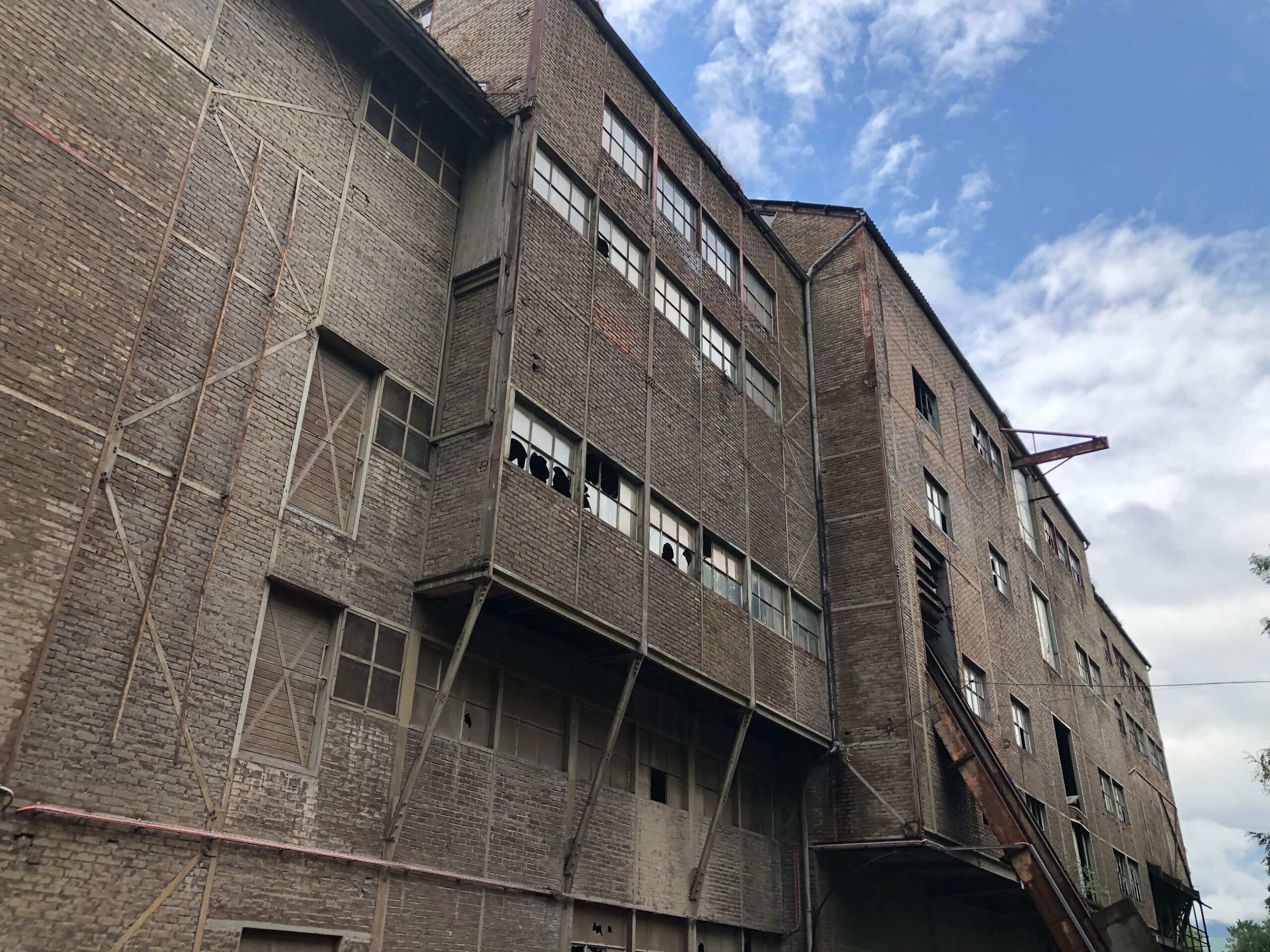
Human history is closely linked with the extraction of raw material. Mount Gonzen near Sargans has the most important deposits of iron ore in Switzerland. It therefore attracted iron miners as early as 2000 years ago. Iron parts from Mount Gonzen date back to the Roman times.
Mining can be traced back to the Middle Ages. Iron Ore was first mentioned in a document from 1396. Mining started high up on the face of Mount Gonzen. The surface mining of the precious raw material was strenuous and dangerous. Later, Gonzen ores were mined using fires. The ore was transported on sledges to the valley where it was smelted. Smelting furnaces were located in Plons, Flums, and in Murg. After 1919 the iron ore was excavated from the Naus Mining Gallery, whose entrance was located at 1000 metres above sea level, and after 1953 from the base level gallery (entrance in the hamlet of Vild). Due to economic reasons the iron mine was closed down in 1966. In 1983 it was reopened to visitors.
The iron mine processing plant was built in 1921. The wooden building burnt down in 1939 and was reconstructed in its present form a year later. The plant is a prominent witness to an industrial heritage of national importance.
The building was also used as a station for the cable car from the Naus Mining Centre – the forest aisle of the cable car can still be seen on the horizon. In the processing plant the ore was washed, sorted and piled. Over centuries the iron mine of Mount Gonzen had been an important pillar of the economy in the District of Sargans.
Visiting the Iron Mine
Free access to the museum during the opening hours of the restaurant “Bergwerk” in Vild
Tue–Sat 11am–11pm, Sun 11am–5pm
phone +41 81 710 68 61
Tours lasting for several hours can be booked through:
Verein Pro Gonzenbergwerk
phone + 41 81 723 12 17
www.bergwerk-gonzen.ch
More information
Next stations
Your location













